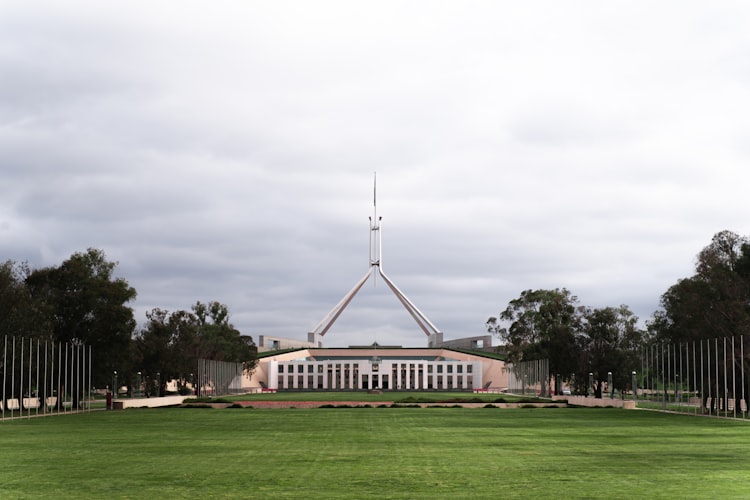No more than 10 a week and 4 a day…
The guidelines are the result of four years of extensive review of the evidence on the harms and benefits of drinking alcohol.
“We’re not telling Australians how much to drink,” says Professor Anne Kelso, CEO of NHMRC.
“We’re providing advice about the health risks so that we can all make informed decisions in our daily lives.”
Professor Paul Kelly, Australia’s Acting Chief Medical Officer, adds: “Every year there are more than 4,000 alcohol-related deaths in Australia, and more than 70,000 hospital admissions. Alcohol is linked to more than 40 medical conditions, including many cancers.
“Following the guidelines keeps the risk of harm from alcohol low, but it does not remove all risk. Healthy adults drinking within the guideline recommendations have less than a 1 in 100 chance of dying from an alcohol-related condition.”
The three guidelines are:
· To reduce the risk of harm from alcohol-related disease or injury, healthy men and women should drink no more than 10 standard drinks a week and no more than 4 standard drinks on any one day. The less you drink, the lower your risk of harm from alcohol.
· To reduce the risk of injury and other harms to health, children and people under 18 years of age should not drink alcohol.
· To prevent harm from alcohol to their unborn child, women who are pregnant or planning a pregnancy should not drink alcohol.For women who are breastfeeding, not drinking alcohol is safest for their babies.
A ‘standard drink’ contains 10 grams of pure alcohol. This is about 285 ml of full-strength beer, a can of mid-strength beer, 100 ml of wine, or a single shot of spirits.
The guidelines are backed up by extensive analysis and reviews which are available online at . These include systematic reviews on the health effects of drinking alcohol, modelling, data on Australian drinking patterns and best practice guideline development processes.
They were developed by NHMRC, guided by a group of independent health experts including doctors, medical and public health professionals, researchers and consumer representatives on the . The guidelines were reviewed and endorsed by which includes the Chief Medical Officers of the Commonwealth and each State and Territory, together with leaders in health, research and ethics.
“Reducing the risks posed by alcohol demands a complex and multi-faceted approach – and the release of the guidelines is a very important part of that,” says Professor Kelly.
“They form part of the Australian Government’s ³Ô¹ÏÍøÕ¾ Alcohol Strategy which seeks to prevent and minimise alcohol-related harms to individuals, families and communities.”
NHMRC provides advice to government and the community on a wide range of matters including nutrition, infant feeding, infection control, blood lead levels and drinking water quality.
Supporting materials included in the guidelines are available at :
· Plain English Summary
· Practical information:








